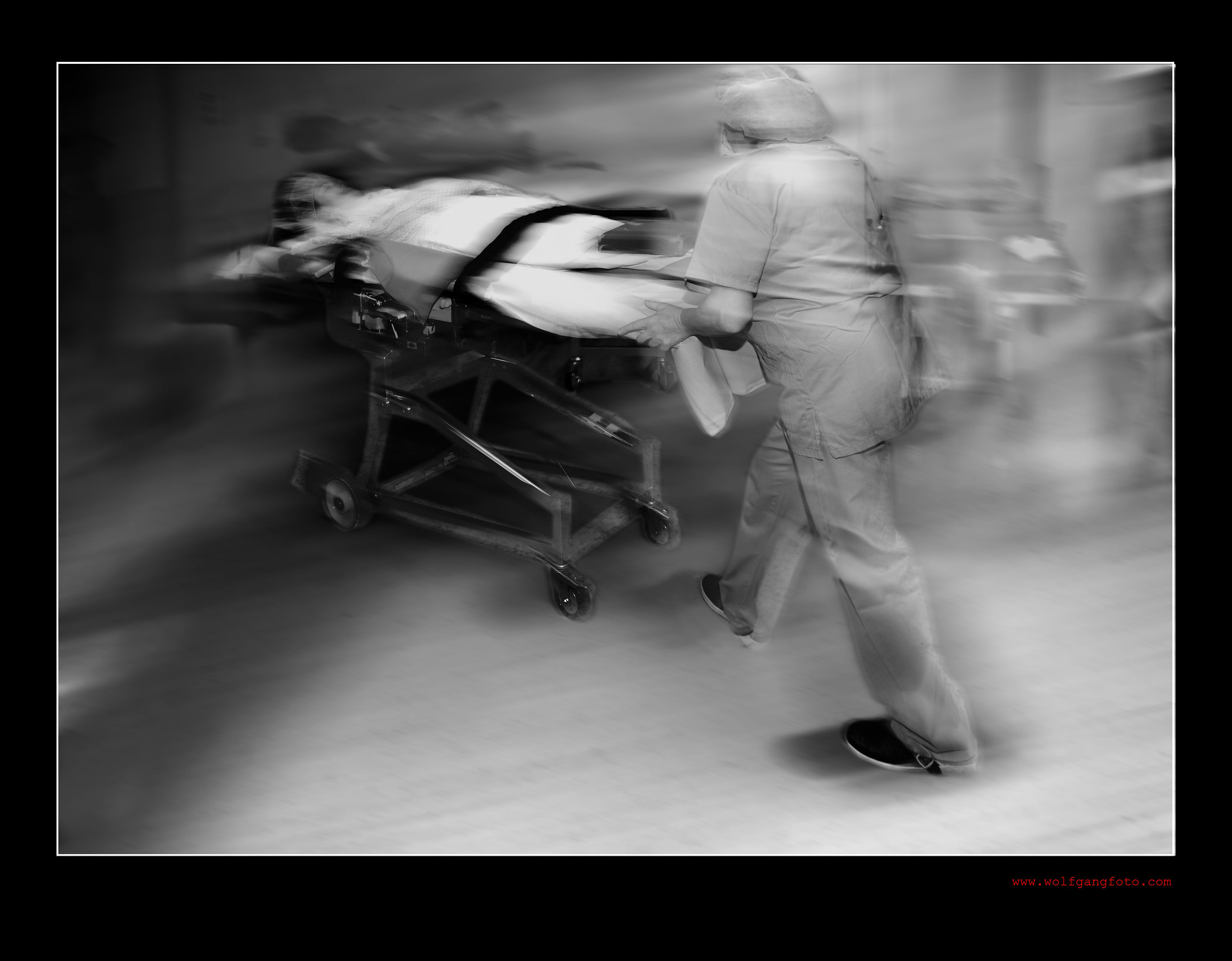Playlist
Show Playlist
Hide Playlist
Hypotension and Shock: Definition
-
Slides 07 VascularMedicine advanced.pdf
-
Reference List Vascular Medicine.pdf
-
Download Lecture Overview
00:01 Hello. This is vascular medicine: the advanced components. And this section we'll discuss hypotension—that is, decreased blood pressure—and shock. 00:14 So let's start with the definition, as we've done in each of the other cases. Hypotension, or decreased blood pressure, is a blood pressure less than 100 mmHg systolic blood pressure, where the normal is generally, in the population, about 120/80. There are common symptoms associated with decreased blood pressure: fatigue; dizziness or lightheadedness; and occasionally, even fainting. Patients may have a fast heart rate; they may have a slow heart rate. 00:50 But their blood pressure is low. The skin can be warm and not very sweaty in some patients, where they're markedly vasodilated in the skin. Or they may have cool, sweaty skin when the skin is very vasoconstricted. And hypotension is very commonly related to dehydration or blood loss. Shock is more severe than hypotension. Shock is not only low blood pressure, but it is an associated decrease in blood flow to critical organs. For example, it's a life-threatening condition. It's not only low blood pressure, but the brain and the heart and the kidneys are not getting enough blood flow, and they start to malfunction. This shock usually occurs in the setting of a very serious medical illness—for example, a large heart attack (large myocardial infarction), or an overwhelming bacterial infection where the bacteria are in the bloodstream, or a serious hemorrhage. 02:01 The diagnosis is usually pretty straightforward. It consists of noticing that the blood pressure is low with a blood pressure cuff. And the patients show a number of signs when they have very low blood pressure. They're often confused. In many patients, they will have cool and sweaty skin and be pale. They have low urine output, because the kidney's not getting enough blood flow. And they often have a rapid heartbeat. However, there are exceptions. There are periods... states where the shock state is associated with warm, dry skin and with a slow heart rate, although there is almost always low urine output and confusion. The causes are many, but as I said in the first sentence in this unit, it is always—almost always —a very serious medical condition. 02:55 For example: • A myocardial infarct or a heart attack • Bacteria in the bloodstream • A hemorrhage from some injury • Severe dehydration: We see this very commonly where I work, in Tucson, Arizona, in the desert. 03:11 In the summertime, when the temperatures are well... can be well over 40°C, and the humidity can be 5%, dehydration is very common. • And finally, patients with severe heart failure, where the heart is functioning very poorly Each of these can result in the shock state.
About the Lecture
The lecture Hypotension and Shock: Definition by Joseph Alpert, MD is from the course Arterial Diseases.
Included Quiz Questions
All but one of the following statements is true. Identify the INCORRECT statement.
- Patients with hypotension usually complain of a headache.
- Patients with hypotension often complain of dizziness.
- The skin of patients with hypotension can be warm and dry or moist and damp.
- Patients with a systolic blood pressure less than 90 mm Hg are said to be hypotensive.
All but one of the entities below can cause hypotension. Identify the incorrect entity.
- Hyperthyroidism
- Myocardial infarction
- Gastrointestinal hemorrhage
- Vasovagal syncope
Customer reviews
5,0 of 5 stars
| 5 Stars |
|
5 |
| 4 Stars |
|
0 |
| 3 Stars |
|
0 |
| 2 Stars |
|
0 |
| 1 Star |
|
0 |





